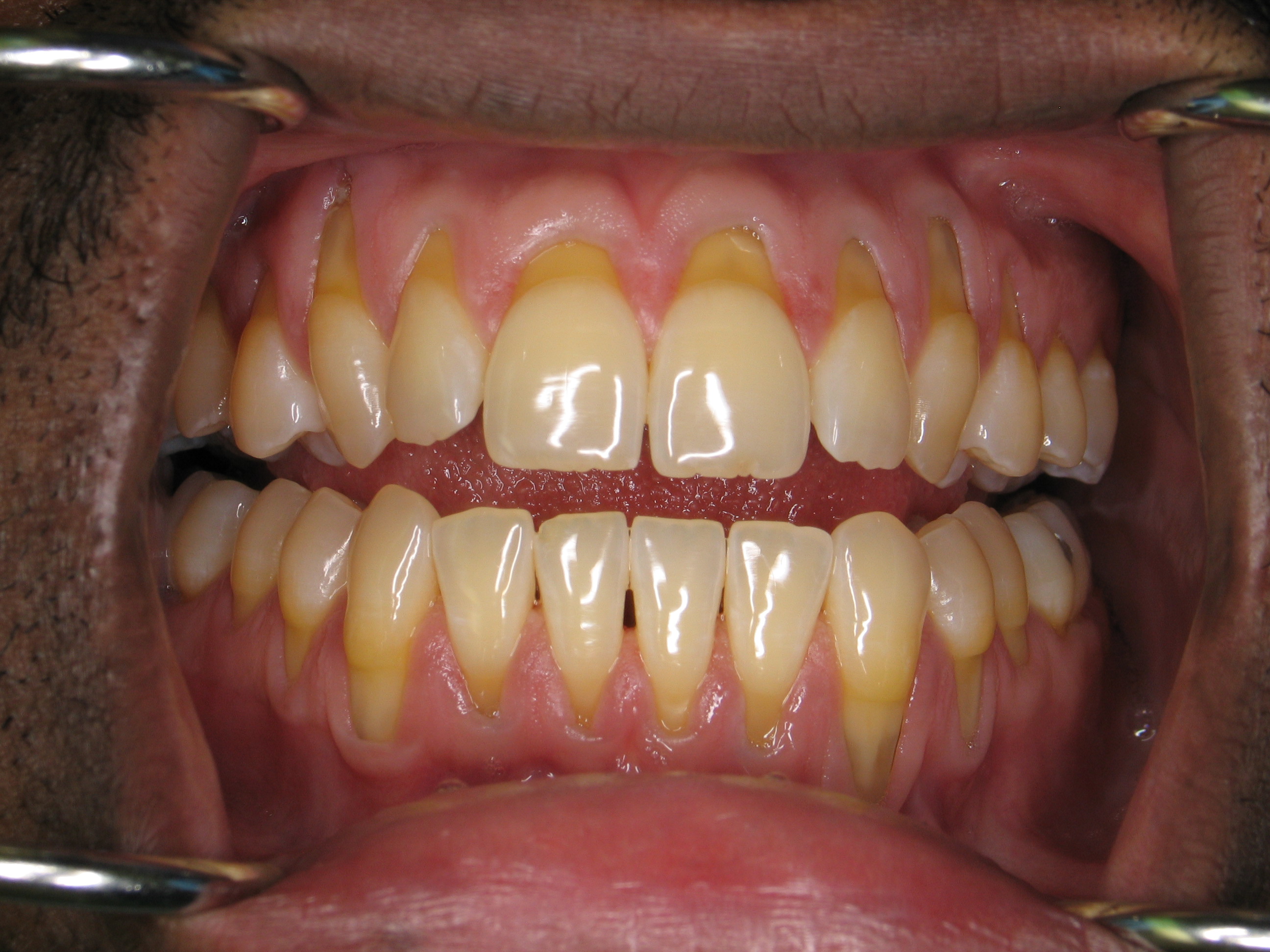Dental Root Exposure

Dental root exposure, a condition where the roots of teeth become visible due to receding gums, is a common issue that affects millions of people worldwide. This condition can be caused by a variety of factors, including poor oral hygiene, gum disease, excessive brushing, and genetic predisposition. When left untreated, dental root exposure can lead to increased sensitivity, decay, and even tooth loss.
One of the primary causes of dental root exposure is gum recession, which occurs when the gum tissue surrounding the teeth pulls back, exposing the roots. This can be due to aggressive brushing, where the use of hard-bristled toothbrushes and excessive force can wear away the gums, or as a result of periodontal disease, where bacteria accumulate and cause inflammation, leading to the destruction of the gum tissue. Additionally, hormonal changes, smoking, and certain medical conditions can also contribute to gum recession.
In terms of prevention, maintaining good oral hygiene is crucial. This includes brushing teeth gently with a soft-bristled toothbrush, using fluoride toothpaste, and visiting the dentist regularly for check-ups and cleanings. It’s also essential to avoid tobacco products and consider quitting if you’re a smoker, as smoking can exacerbate gum recession. Furthermore, a well-balanced diet rich in vitamins and minerals, particularly vitamin C and calcium, can help promote healthy gums and teeth.
For those already experiencing dental root exposure, there are several treatment options available. One common approach is a gingivival graft, also known as a gum graft, where healthy gum tissue is taken from another part of the mouth and attached to the area where the gums have receded. This procedure can help cover exposed roots, reduce sensitivity, and improve the appearance of the teeth and gums. Another treatment option is the use of dental bonding or veneers, which can help cover exposed roots and protect them from further decay.
In some cases, dental root exposure may require more extensive treatment, such as root planing and scaling, which involves deep cleaning the roots of the teeth to remove plaque and bacteria, or even tooth extraction if the tooth is deemed unsalvageable. However, with prompt and proper treatment, it’s often possible to prevent further damage and restore the health and appearance of the teeth and gums.
Understanding the causes and consequences of dental root exposure is key to addressing and preventing this condition. By recognizing the signs and symptoms, such as visible roots, increased sensitivity, or changes in the appearance of the teeth and gums, individuals can seek professional help early on. Early intervention not only improves the likelihood of successful treatment but also reduces the risk of more severe complications down the line.
- Practice good oral hygiene by brushing and flossing regularly and gently.
- Avoid using tobacco products and limit sugary or acidic foods and drinks.
- Visit your dentist for regular check-ups and cleanings.
- Consider a gum graft or other treatments if you're experiencing gum recession or root exposure.
- Maintain a balanced diet that supports gum and tooth health.
The impact of dental root exposure extends beyond oral health; it can also affect an individual’s confidence and quality of life. For instance, increased sensitivity can make eating or drinking certain foods and beverages uncomfortable, while the aesthetic changes can affect self-esteem. Therefore, addressing dental root exposure not only involves treating the physical condition but also considering the psychological and social implications.
In conclusion, dental root exposure is a treatable condition that requires a comprehensive approach, including prevention, diagnosis, and treatment. By understanding the causes, recognizing the signs, and seeking professional help, individuals can mitigate the effects of dental root exposure and maintain healthy, functional teeth and gums for years to come.
What are the primary causes of dental root exposure?
+The primary causes of dental root exposure include gum recession due to poor oral hygiene, gum disease, aggressive brushing, and genetic predisposition. Additionally, factors like smoking, hormonal changes, and certain medical conditions can contribute to this condition.
How can dental root exposure be treated?
+Treatment for dental root exposure depends on the severity of the condition but may include gum grafts, dental bonding, veneers, root planing, and scaling. In severe cases, tooth extraction may be necessary.
Can dental root exposure be prevented?
+Yes, dental root exposure can be prevented or minimized by practicing good oral hygiene, avoiding tobacco products, eating a balanced diet, and visiting the dentist regularly for check-ups and cleanings.
By acknowledging the complexities of dental root exposure and adopting a proactive approach to oral health, individuals can significantly reduce their risk of developing this condition and enjoy a healthier, more confident smile.

